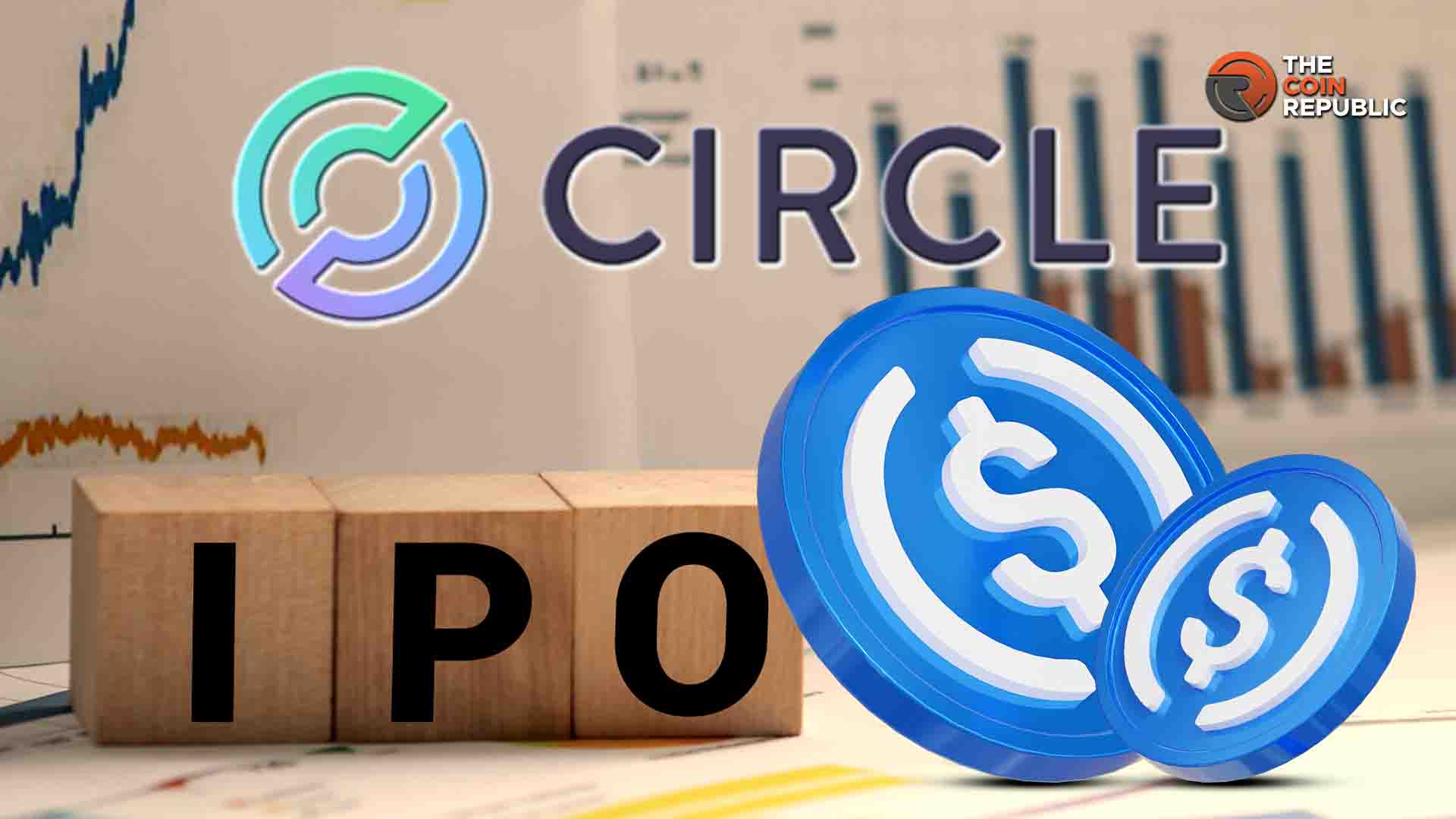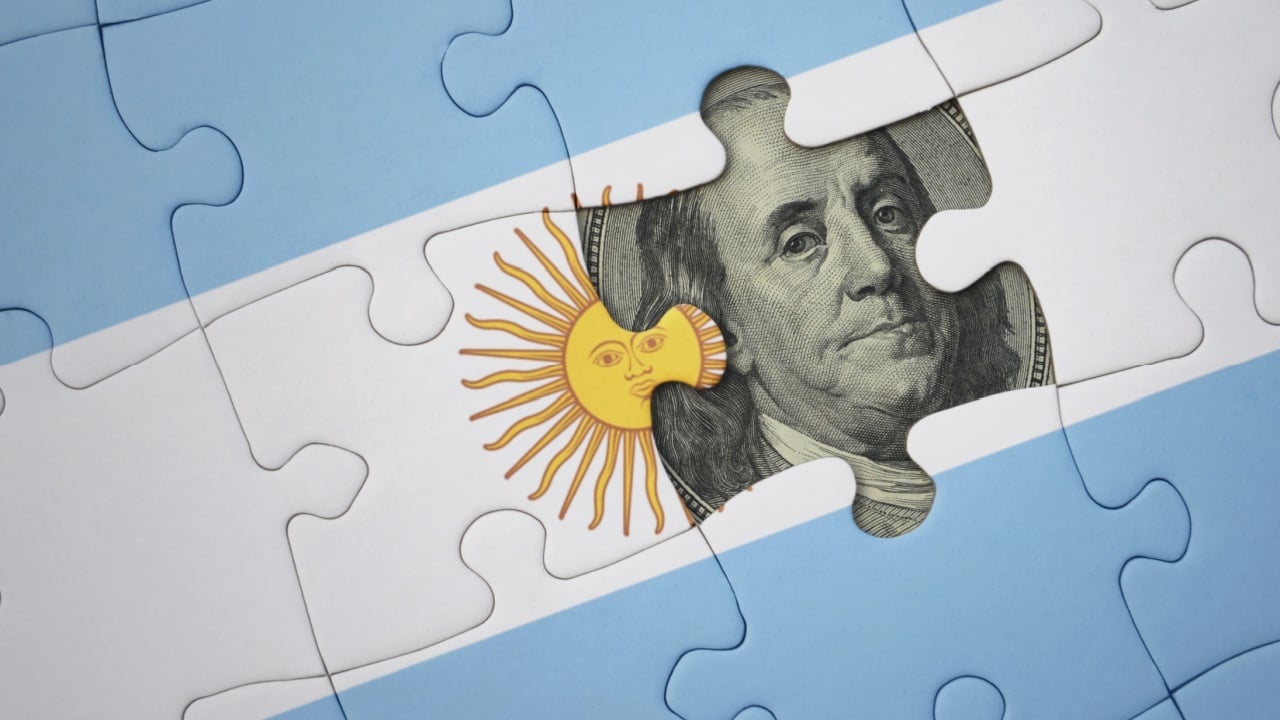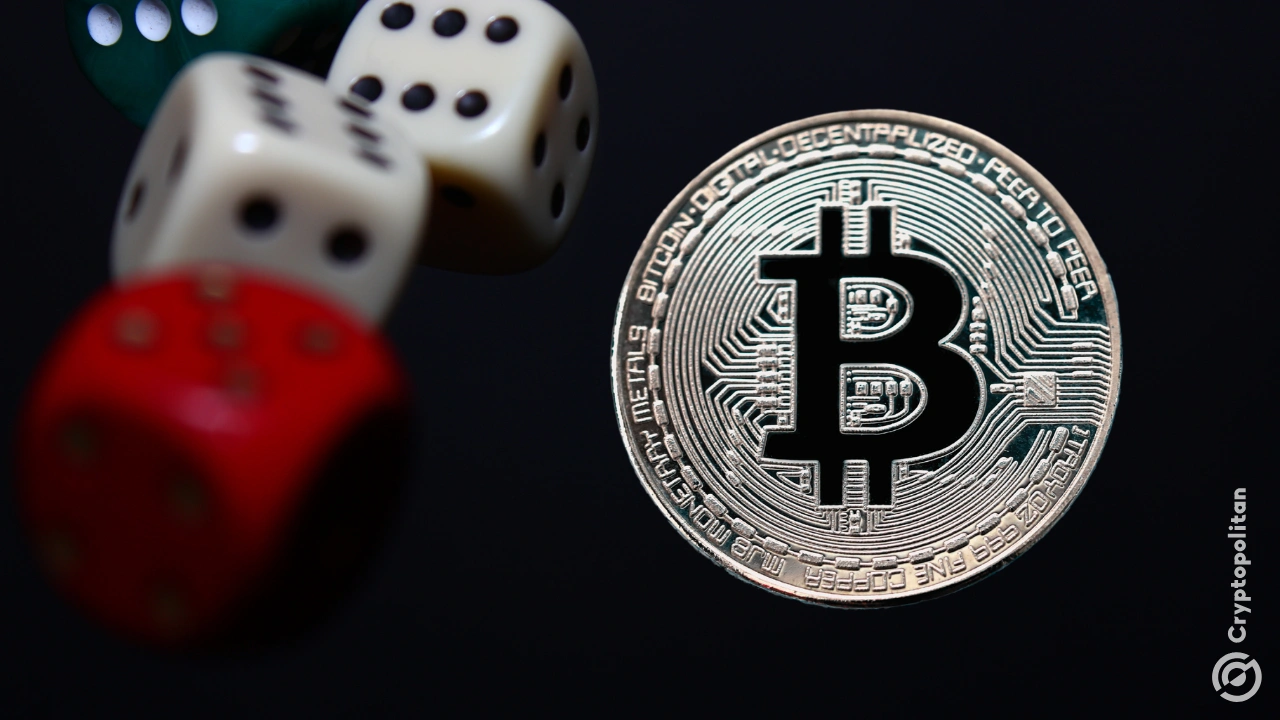 CaryptosHeadlines Media Has Launched Its Native Token CHT.
Airdrop Is Live For Everyone, Claim Instant 5000 CHT Tokens Worth Of $50 USDT.
Join the Airdrop at the official website,
CryptosHeadlinesToken.com
CaryptosHeadlines Media Has Launched Its Native Token CHT.
Airdrop Is Live For Everyone, Claim Instant 5000 CHT Tokens Worth Of $50 USDT.
Join the Airdrop at the official website,
CryptosHeadlinesToken.com
Circle Internet Financial, the issuer of the USDC stablecoin, has formally filed for an initial public offering (IPO) with the U.S. Securities and Exchange Commission, marking its most direct push yet into the public market.
The company confirmed the move on Mar. 29, just a day after revealing it had submitted a confidential S-1 draft. The document did not specify the number of shares or the price range for the IPO.
The IPO filing signals Circle‘s intent to strengthen transparency and expand its public presence through listing on the New York Stock Exchange.
Circle’s CEO emphasized the move as a step toward operating with higher standards of public accountability and visibility.
The filing aligns with increasing regulatory attention on the digital asset space across the United States.
This development arrives during a pivotal period for crypto policy, with stablecoin legislation under active consideration in Congress.
The House Financial Services Committee is set to review amendments to a proposed stablecoin bill.
Meanwhile, the Senate advanced its own version of the regulation, known as GENIUS, in March.
USDC Growth Supports Circle’s IPO Ambition
Circle’s push to go public comes as its stablecoin, USDC, continues to grow in both adoption and market value.
Since its launch in 2018, USDC has been used in over $25 Trillion of blockchain transactions.
Millions utilize the coin for payments, settlements, and digital value storage.
USDC remains pegged one-to-one to the U.S. dollar and is fully backed by cash and short-term Treasury securities.
With around $60 Billion in circulation, it holds a 26% share of the total stablecoin market.
Tether remains the leader with a 67% market share, but Circle’s assets have grown 36% this year alone.

This strong performance reinforces Circle’s business case as it enters public markets.
While the IPO valuation is yet to be disclosed, Circle was valued at $9 Billion in a 2022 SPAC deal attempt.
Market momentum, combined with increasing USDC adoption, could support a high valuation during the IPO.
Circle IPO Aligns with Policy Shifts
Circle’s IPO timing coincides with a broader shift in the U.S. government’s stance on digital assets.
With a more favorable administration, crypto companies are moving ahead with expansion plans.
Legislative support for stablecoin regulation is a potential catalyst for industry-wide growth.
The emergence of new players like World Liberty Financial, backed byDonald Trump, adds momentum to the stablecoin ecosystem.
That project plans to launch a competing stablecoin amid this regulatory window.
At the same time, Kraken is reportedly preparing a $1 Billion debt raise in anticipation of its IPO.
These developments indicate that major crypto firms are aligning their strategies with expected policy clarity.
Stablecoins are becoming central to the broader digital economy, used widely for cross-border transfers and trading.
Industry participants believe upcoming legislation will provide much-needed certainty and foster investor confidence.
Stablecoins Become Key Financial Instruments
As stablecoins gain traction, the broader crypto market sees increased integration of these digital assets into exchanges and platforms.
Companies like Robinhood and Coinbase are expanding their stablecoin offerings to support trading and transfers.
Coinbase, which shares 50% of USDC revenue with Circle, actively promotes the asset.
Coinbase’s CEO recently stated that making USDC the top stablecoin is a company priority.
This strategic alignment between Circle and Coinbase supports USDC’s expansion within retail and institutional use cases.
Both firms are seeking to grow the coin’s footprint while boosting revenue generation.
The stablecoin market has grown about 11% year-to-date and nearly 47% over the past year.
Analysts at Bernstein consider stablecoins a “systemically important” asset class within crypto. Their role as trading tools, DeFi collateral, and payment solutions continues to grow.
Beyond domestic markets, dollar-backed stablecoins like USDC are also being used to extend U.S. financial reach globally. With reserves held in Treasury assets, they help sustain demand for American government debt—indirectly reinforcing the dollar’s dominance abroad.












